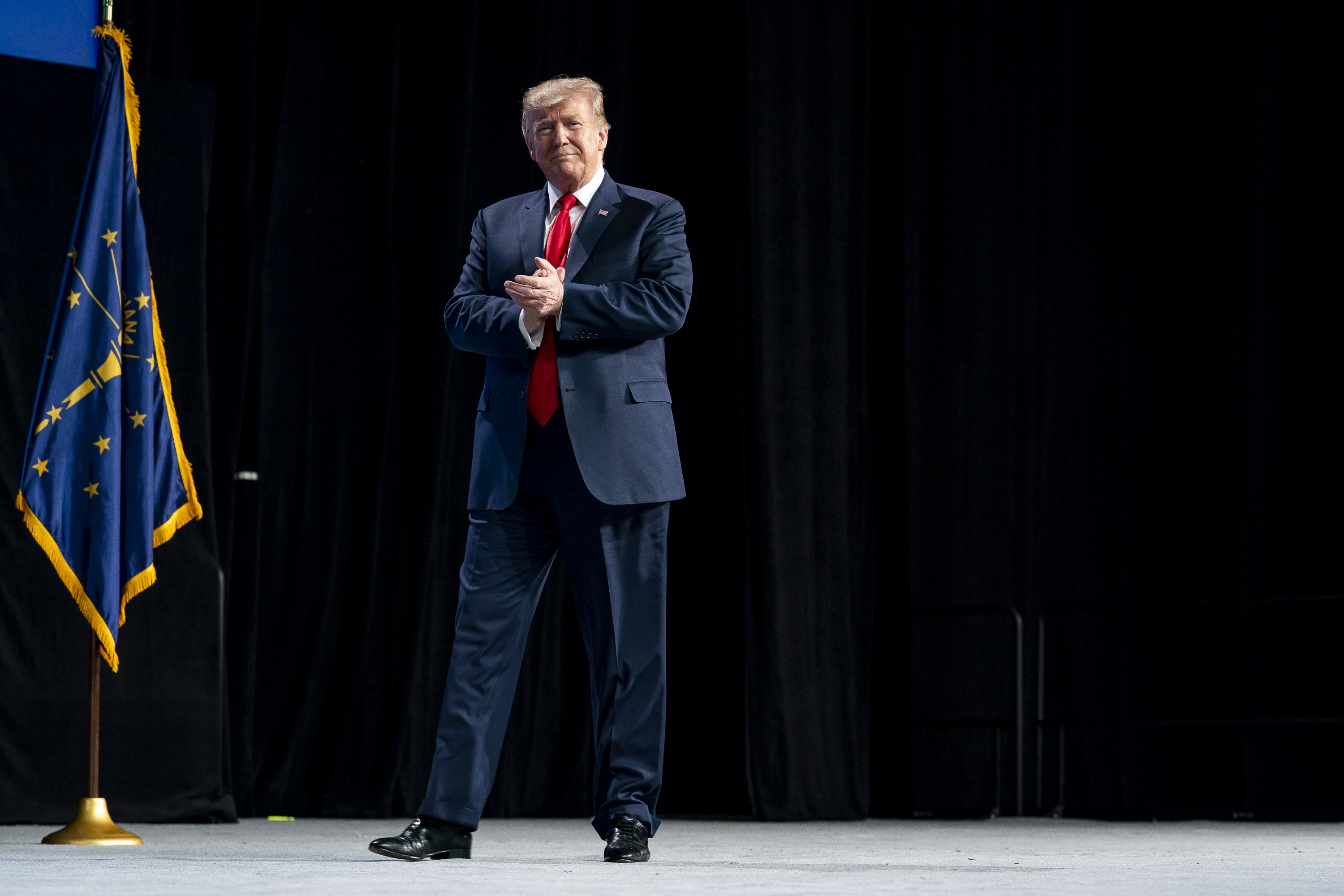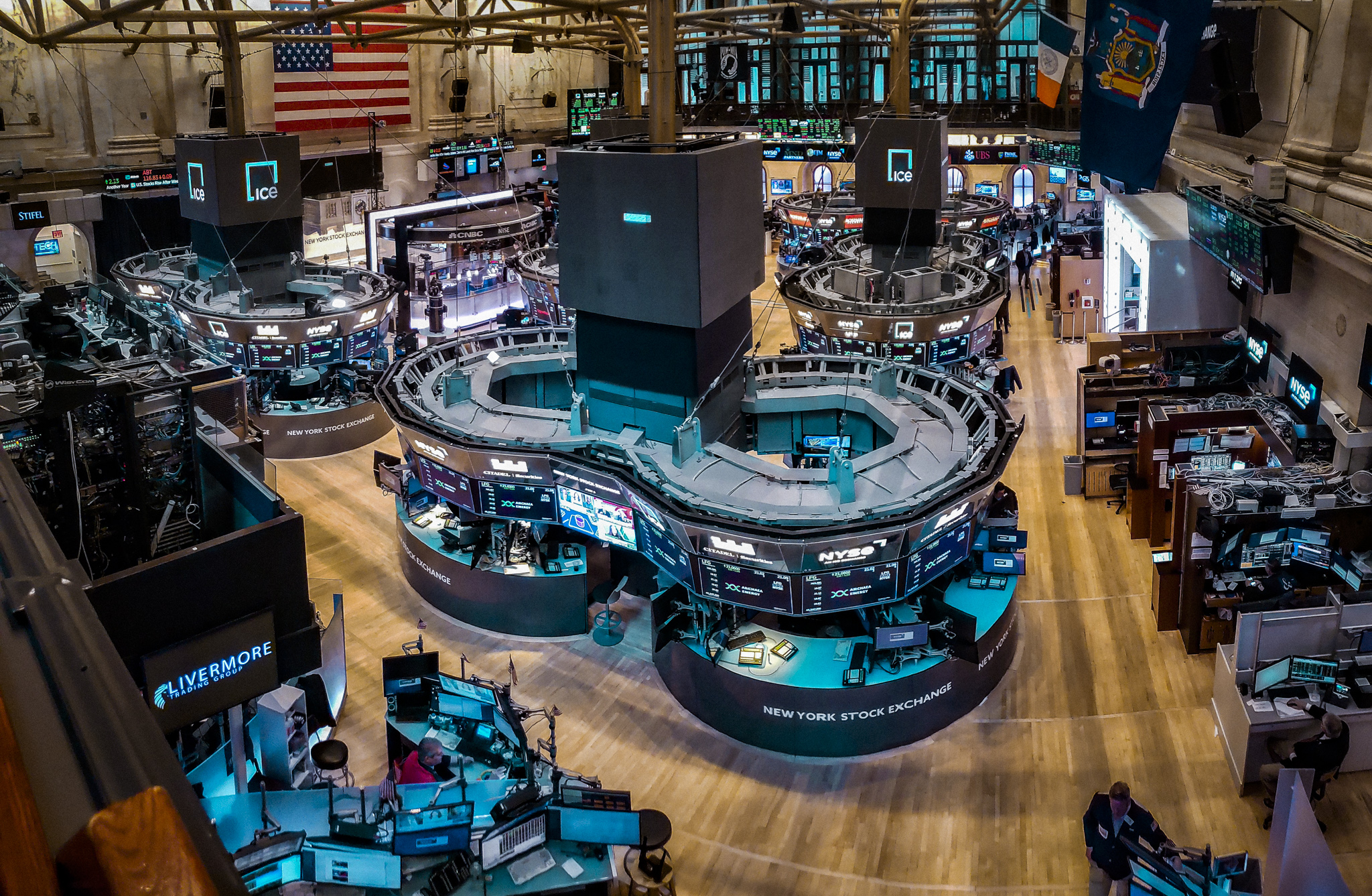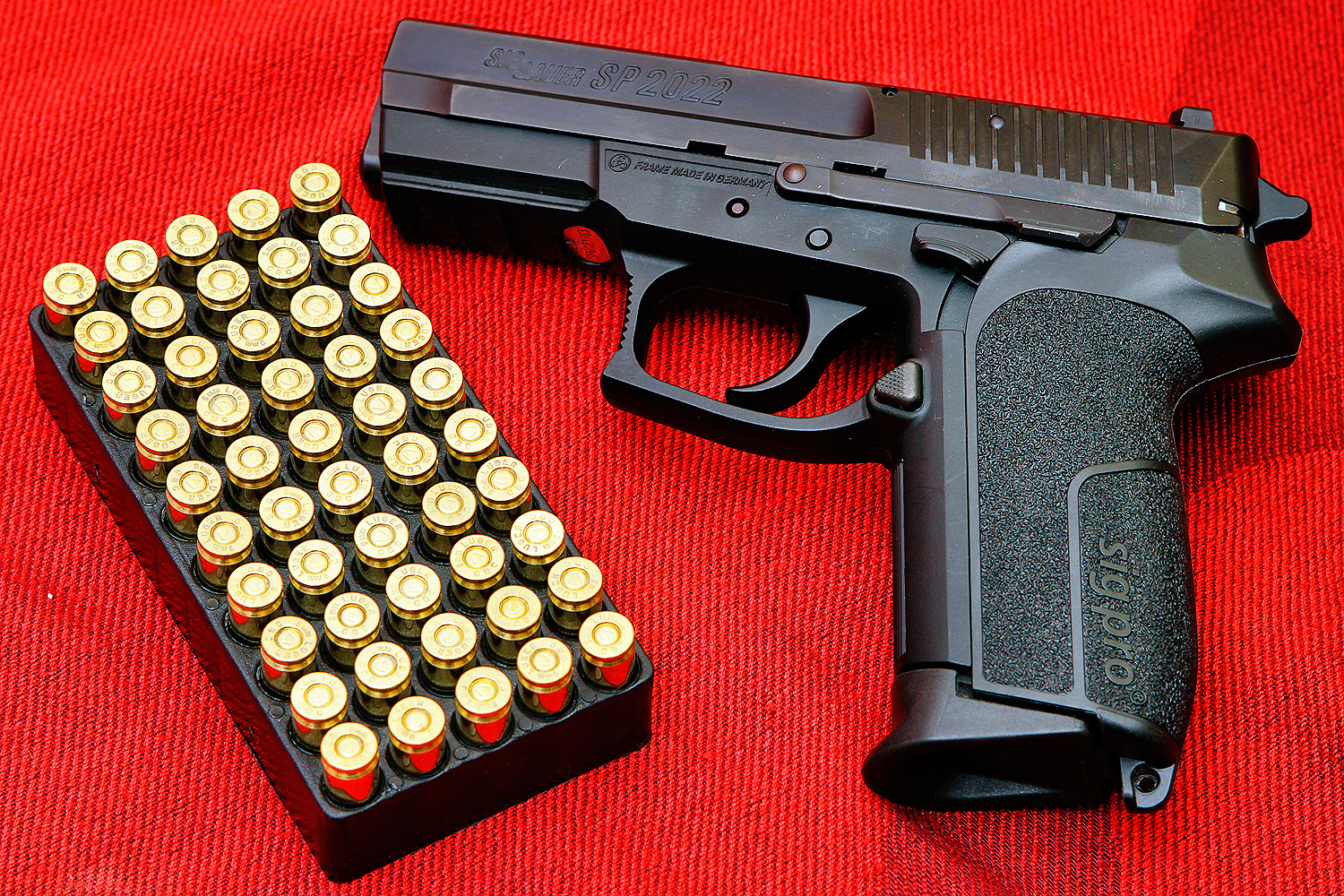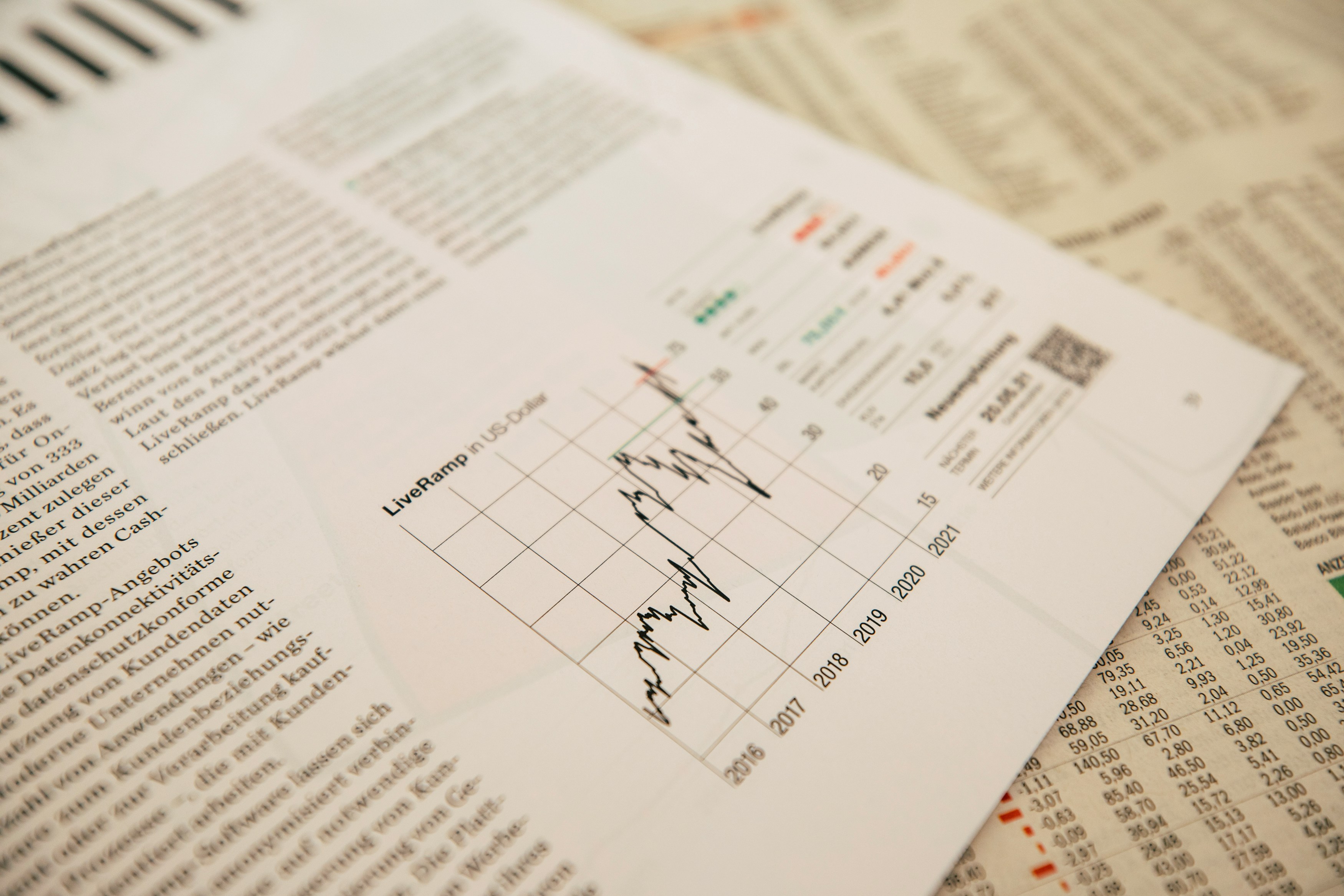A landmark tax is being introduced in July which makes California the first US state to implement an excise tax on guns and ammunition.
The 11% tax levy on every sale comes on top of current federal excise taxes of 10% or 11% for firearms as well as California’s 6% sales tax.
Backlash from The National Rifle Association

The new law which is being implemented as part of the Gun Violence Prevention and School Safety Act has been described by the National Rifle Association as affront to the Constitution according to NRA-ILA.
While the intention of the measure is centered on reducing gun violence, the gun lobby as well as firearms manufacturers in their reaction have signaled an impact on gun sales.
Comparison with Alcohol and Tobacco Products

The state tax policies on firearms can be compared to those on alcohol and tobacco as they come under the Bureau of Alcohol, Tobacco, Firearms and Explosives.
While these are all legal products they are categorized together as they can cause marked harm to society if misused and abused as well as links to organized crime.
The Implementation and Use of Excise Taxes

In making products like alcohol and tobacco more expensive, the excise taxes impact sales as people but less and less of them allowing for a reduction in harm to society.
At the same time, the generation of tax revenue from these excise taxes can, in theory, be used to fund programs that combat the systemic issues still present in communities effected by these products.
Gun Tax Long Awaited by Advocates

Those in opposition to gun lobbies have long awaited firearms to be under the same type of tax as alcohol and cigarettes which fall under the same umbrella as part of the ATF.
According to the Institute for Health Metrics and Evaluation, the rate of gun homicides in 2021 nationally was 4.5 per 100,000 people making it 8 times higher than that of Canada.
Cost to the Economy Outweighing Profits

Not only do guns cause scores of fatalities and injuries, but according to MSN, the benefit-cost ratio indicates that for every 65 cents that the firearms industry contributes to the economy, it costs $1.
These are incurred from medical costs but do not include the range of nonfatal injuries that are incurred every year in the US or activities outside the US created by weaponry sold here.
Gun Industry Continuing to Grow

As per The Trace, US gun sales have continued to grow tenfold over the past 20 years working out to roughly 20 million guns being sold annually.
This excise tax would have an impact on the economy that could arguably be greater than current taxes on alcohol and cigarettes depending on tax rates.
Debate Over Tax Level

Proponents of gun safety have argued that unlike alcohol and cigarettes which are disposable and consumable, guns are in circulation for long after their purchase.
While the proposed tax puts it at the same level as alcohol, it would need to be increased by an extra 26% to equal that of tobacco.
Proximity to Other States

Cracks have already been pointed out however with California being the first and only state implementing this excise tax in its proximity to Nevada.
The trade of illegal transportation of firearms bought in Nevada to California highlights the more lax laws on display there.
Impact on the National Economy

While California may be viewed as a test case for this new excise tax, if implemented nationally it could contribute between $1.5 billion and $1.9 billion annually.
Other states could follow California’s lead in creating a boon for the economy while reducing gun violence.
Knock-on Effect In Mexico

The border between California and Mexico has meant that the gun trade impacts national firearms fatalities in Mexico as well as the US.
According to The Conversation, the Mexican government has hypothesized that between 70 and 90% of guns used in crimes in Mexico can be traced back to the US.
Theory Behind Taxation

This type of excise tax seen with alcohol and tobacco is known as a “Pigouvian tax” which come from Arthur Pigou, a 20th-century economist from Britain.
In theory, boosting the price of a product causes the general public to be less inclined to buy it while the increase in the economy generated by ongoing sales can be used to offset harms still incurred by these products.
The potential for a reduction in firearm violence and a boost to the economy are anticipated but whether other states will follow suit remains to be seen.
